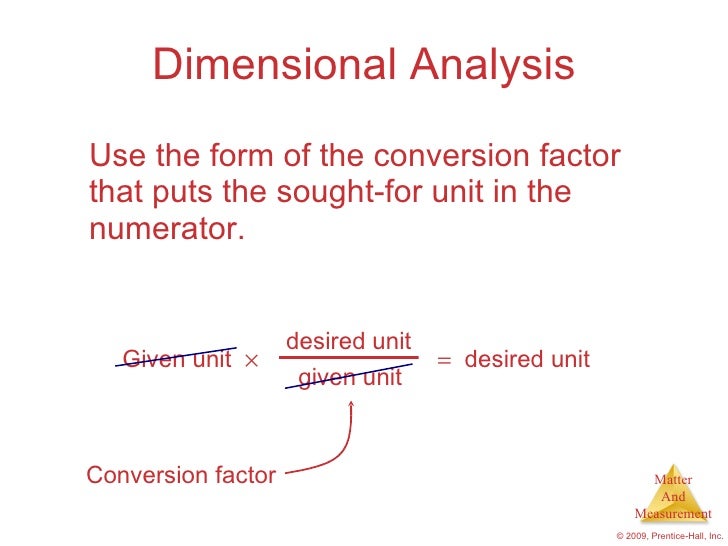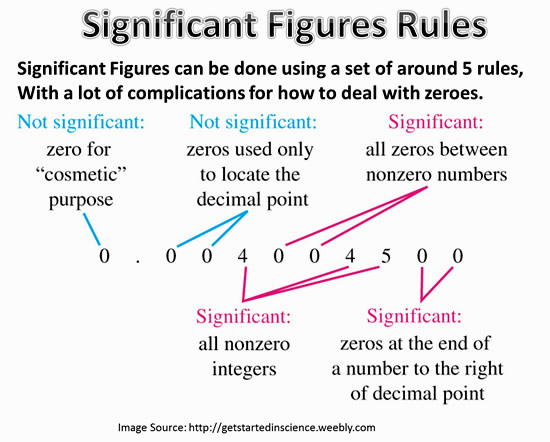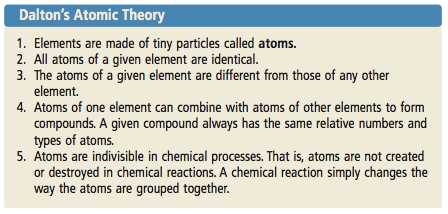Day 1
To start the lab we took the mass of a baby food jar then added 4.00grams of Copper (II) Chloride to the jar and 50.0grams of distilled water. We stirred the solution until it was completely dissolved. After polishing off a nail with steel wool we placed it in the container and let it sit.
Day 2
We pulled of the remainder of the nail out of the jar. Then, we slowly poured out solution careful to not lose any copper product. We did the same two more times after washing it with HCl and more distilled water. We set the jar with copper out to dry. To finish off we took the ending mass of the nail.
Day 3
We recorded the mass of the baby food jar with the copper and then subtracted the previous mass of the baby food jar with no solution to find out the mass of product we had. Then it was time to start calculations. A single replacement reaction took place place but the charge of iron was unknown so we had to create a balanced chemical equation for each possible charge of iron (2+ or 3+) and find theoretical yield of each then use our percent yield formula to calculate which had the highest percent yield; therefore, telling us the charge of the iron. After calculations were done, it was found that iron with a 2+ charge created a percent yield above 100% which is impossible, so the charge on iron in or reaction was 3+.


































